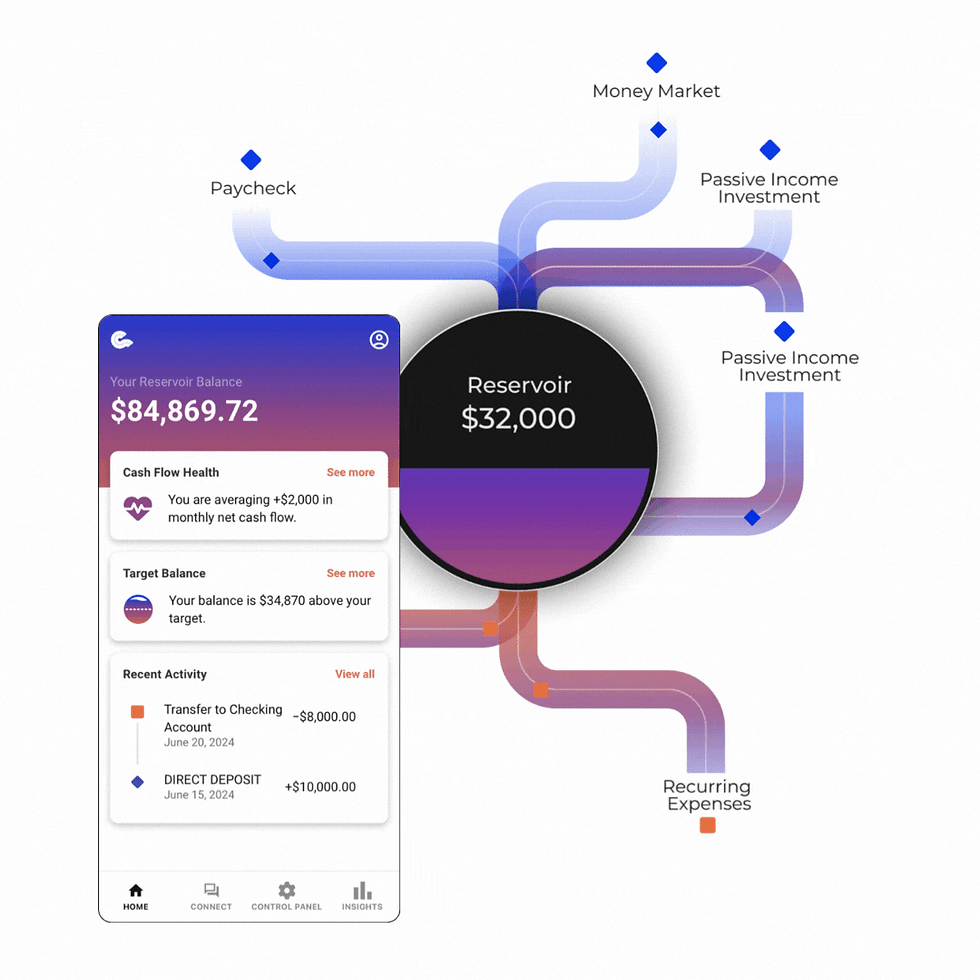Independent Contractor (1099) or Employee (W-2) and How to Recognize the Difference
- Allison L. Reynolds, CPA

- Sep 4, 2020
- 4 min read

If you are hiring people to work under you it is important to define the relationship properly as either a 1099 independent contractor or W-2 employee.

The question of whether a worker is an independent contractor or employee for federal income and employment tax purposes is a complex one. It is intensely factual, and the stakes can be very high. If a worker is an employee, the company must withhold federal income and payroll taxes, pay the employer's share of FICA taxes on the wages plus FUTA tax, and often provide the worker with fringe benefits it makes available to other employees. There may be state tax obligations as well. These obligations don't apply for a worker who is an independent contractor. The business sends the independent contractor a Form 1099-MISC for the year showing the amount paid to the contractor (if the amount is $600 or more), and that's it. The independent contractor is then responsible for the employee and employer’s share of the taxes. However, they can also deduct any expenses paid to conduct the activities.

IRS usually applies the following factors to see if the employer has the right to direct and control the worker:
A worker who must comply with instructions about when, where, and how he or she is to work is ordinarily an employee. This control factor is present if the business has the right to make the worker follow instructions. However, instructions regarding government standards are given little weight, as is the absence of instructions for professionals such as attorneys, who must follow the rules of their profession.
Training a worker by teaming an experienced employee with the worker, by corresponding with the worker, by requiring him or her to attend meetings, or by using other methods, indicates the business wants the services performed in a particular method or manner. Ongoing training is a particularly strong sign of an employer-employee relationship, but orientation or information programs about company policies aren't.
Integration of the worker's services into the business operations generally shows the worker is subject to direction and control.
If the services must be rendered personally, the business probably is interested in the methods used to accomplish the work as well as in the results.
A business that hires, supervises, and pays assistants for a worker is exhibiting employer-like control over the worker on the job. Conversely, an independent contractor relationship is indicated if a worker is contractually obligated to hire, supervise, and pay assistants.
A continuing relationship between the worker and the business indicates an employer-employee relationship exists. A continuing relationship may exist where the worker is called in at frequently recurring, although irregular, intervals.
The fact that a business requires work to be performed on its premises suggests control over the worker (if the work could be done elsewhere). Work done off the premises, such as at the worker's office, indicates some freedom from control. The importance of this factor depends on the type of services involved and whether an employer generally would require employees to do similar work on its premises.
A business exhibits control over a worker if it requires him or her to perform services in a specific order or sequence.
A business's requirement that the worker submit regular or written reports indicates a degree of control over the worker.

Payment by the hour, week, or month generally points to an employer-employee relationship, if this method of payment isn't just a convenient way of paying a lump-sum agreed upon as the cost of a job. Payment by the job or on a straight commission basis generally indicates a worker is an independent contractor.
A business exhibits characteristics of an employer if it supplies a worker with significant tools, materials, and other equipment, or ordinarily pays the worker's business and/or traveling expenses.
A worker exhibits independent contractor status if he or she invests in facilities that aren't typically maintained by employees (e.g., renting his or her own office). By contrast, an employee usually relies on the employer to provide the facilities needed to do the job.
A worker who can realize a profit or suffer a loss as a result of his or her services generally is an independent contractor, but a worker who can't is an employee. The risk that a worker won't be paid isn't factored in.
A worker who performs more than minimal services for a number of unrelated businesses at the same time generally is an independent contractor. However, a person who works for more than one business may be an employee of each business, especially where the businesses are part of the same service arrangement.
The fact that a worker makes his or her services available to the general public on a regular and consistent basis indicates an independent contractor relationship.
The right to fire a worker is a factor indicating that he or she is an employee. An independent contractor, on the other hand, can't be fired as long as he or she produces the work that was contracted for.
There is no litmus test for exactly how many of these factors must be satisfied, nor are these factors uniformly applied. The IRS has a great guide that details more resources for determining status that can be found here.
If you'd like to discuss with me in further detail the common-law rules as they relate to your workers, I’d be happy to walk through them with you.






Comments